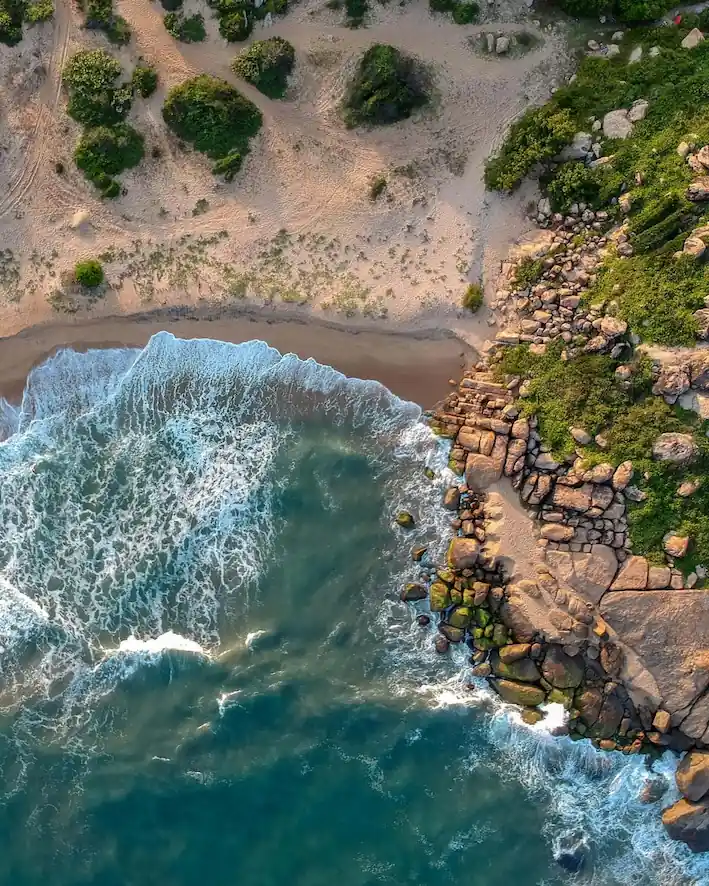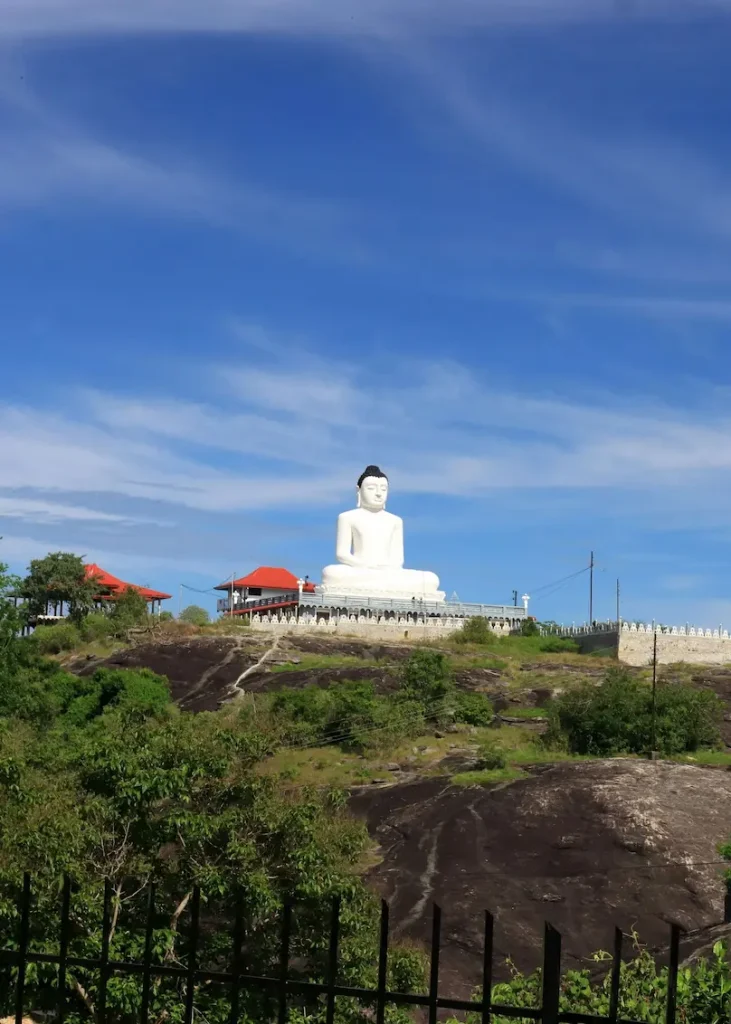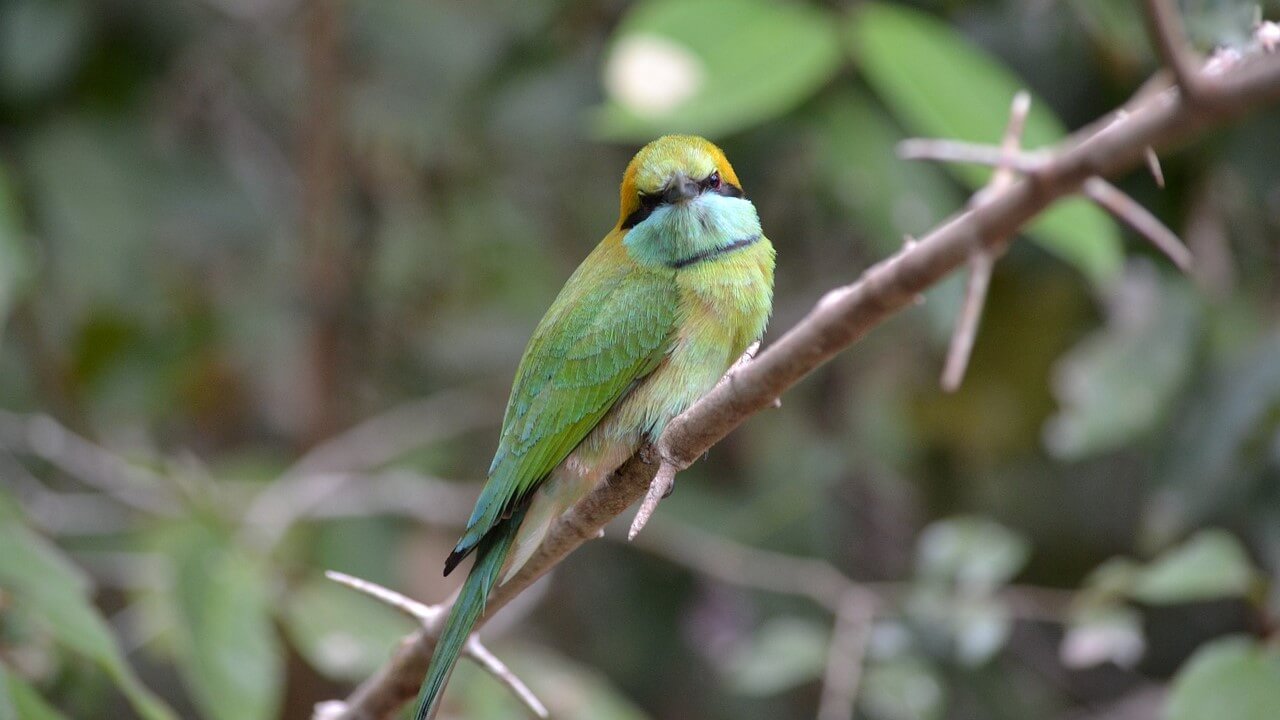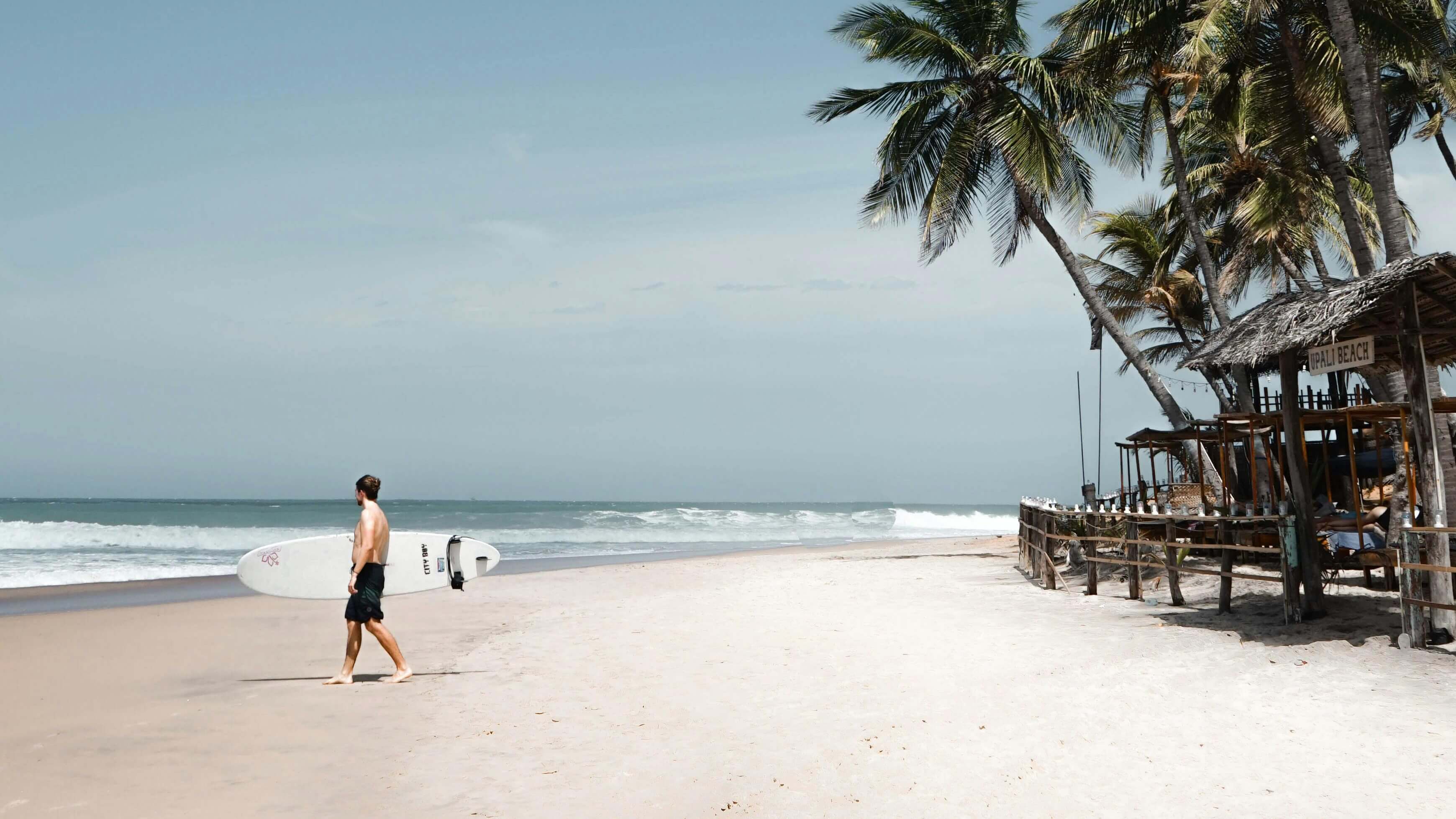
Eastern Cities
Ampara
🏝️ Untouched Beaches: Stroll along the serene shores of Arugam Bay and Panama Beach, ideal for surfing and relaxation.
🕍 Cultural Heritage: Visit the historic Kudumbigala Monastery, a secluded Buddhist site surrounded by breathtaking landscapes.
🐘 Wildlife Encounters: Experience the rich biodiversity of Kumana National Park, home to elephants, leopards, and vibrant birdlife.
⚓ Ancient Ruins: Explore Deeghawapiya, a sacred Buddhist stupa with deep historical and religious significance.
🌿 Scenic Wonders: Discover the hidden beauty of Lahugala National Park, a tranquil haven for nature lovers and wildlife enthusiasts.
INTroduction
Ampara, a district rich in history and natural beauty, offers a unique blend of cultural heritage, spiritual landmarks, and pristine landscapes. Located in the Eastern Province of Sri Lanka, this lesser-explored region has played a vital role in shaping the island’s history, from ancient Buddhist civilizations to its diverse multi-ethnic communities.
History, Nature and Cultural Heritage
One of Ampara’s most significant historical sites is Deeghawapiya, an ancient Buddhist stupa believed to have been visited by Lord Buddha himself. This revered site has been a place of worship for centuries, symbolizing the deep-rooted Buddhist heritage of the region. Additionally, the Rajagala Monastery, an archaeological treasure, holds the remnants of an ancient monastic complex that once served as a sanctuary for monks seeking solitude and enlightenment.
Ampara is also known for its breathtaking natural beauty. Arugam Bay, one of the world’s top surfing destinations, attracts adventure seekers with its rolling waves and laid-back coastal charm. Further inland, Kumana National Park stands as a paradise for wildlife lovers, offering a glimpse of elephants, leopards, and rare migratory birds in their natural habitat. The park’s lush wetlands and lagoons provide a serene contrast to the coastal landscapes.
The district’s rich cultural diversity is reflected in its vibrant communities, where Buddhist, Hindu, Muslim, and indigenous traditions coexist. Temples, mosques, and kovils scattered across Ampara showcase the area’s harmonious blend of religious and cultural influences. The region also comes alive during traditional festivals, where ancient rituals, colorful processions, and cultural performances celebrate its multifaceted heritage.
From the sacred ruins of ancient monasteries to the untamed beauty of its national parks and golden shores, Ampara offers an immersive experience for travelers seeking both adventure and spiritual enlightenment. As a hidden gem of Sri Lanka’s Eastern Province, this district continues to captivate visitors with its timeless charm and diverse cultural landscape.

Things to Keep in Mind
Dress Code: When visiting religious sites like Deeghawapiya and Rajagala Monastery, wear modest clothing that covers your shoulders and knees.
Footwear: Temples and sacred sites require you to remove your shoes, so carrying a pair of socks can help protect your feet from hot surfaces.
Timing: Early morning or late afternoon visits are ideal to avoid the midday heat, especially at outdoor sites like Kumana National Park and archaeological ruins.
Guides: Hiring a local guide can enrich your journey with historical insights and hidden stories about Ampara’s cultural and natural landmarks.
When Should You Visit ampara City?
Cultural and Religious Observances
- Poya Days: On full moon days, sacred sites like Deeghawapiya and Kudumbigala Monastery come alive with religious rituals, including flower offerings, oil lamp lighting, and devotional chanting.
- Vesak (May): This festival marks the birth, enlightenment, and passing of Lord Buddha. Buddhist sites in Ampara are illuminated with lanterns, while devotees engage in almsgiving and meditation.
- Poson (June): Celebrates the arrival of Buddhism in Sri Lanka. Pilgrims gather at Buddhist temples for prayers and religious ceremonies, making it a deeply spiritual time to visit.
💡Note: Visiting during festivals offers a vibrant cultural experience but expect larger crowds and increased accommodation prices.
Dry Season (March – September)
- March to May: Warm and dry, with minimal rainfall—ideal for exploring historic sites and nature reserves.
- June to September: Mostly dry, but temperatures can be high, so plan outdoor visits in the early morning or late afternoon.
Rainy Season (October – February)
- Ampara experiences heavier rainfall due to the northeast monsoon. While the lush landscapes become more vibrant, occasional showers may limit outdoor activities like wildlife safaris and beach visits.
Getting to ampara: Travel Options and Tips
By Train
Ampara does not have a direct railway station, but travelers can take a train to Batticaloa or Polonnaruwa and continue by bus or taxi.
- Colombo to Batticaloa: Intercity and Night Mail trains operate with first-class, second-class, and third-class seating.
- Travel Duration: Colombo to Batticaloa – 7–8 hours by train, followed by a 1.5–2-hour drive to Ampara.
- Booking Tip: Reserve train tickets in advance through Sri Lanka Railways.
By Bus
Regular buses run between Ampara and major cities across Sri Lanka.
- Luxury and Semi-Luxury Buses: Air-conditioned private buses offer a more comfortable journey.
- CTB Public Buses: Budget-friendly but may be less comfortable for long-distance travel.
- Travel Duration:
- Colombo to Ampara: 7–8 hours
- Kandy to Ampara: 6–7 hours
- Batticaloa to Ampara: 1.5–2 hours
By Car or Taxi
A private car or taxi is the fastest and most convenient way to reach Ampara, especially for families or groups.
- From Colombo: 6–7 hours (~350 km) via A4 Highway.
- From Batticaloa: 1.5–2 hours (~60 km).
- From Arugam Bay: 1–1.5 hours (~65 km).
- Cost: Expect LKR 18,000–25,000 for a one-way trip from Colombo.
- Pro Tip: Use PickMe, Uber, or local cab services for a hassle-free ride.
Tips for Travelers
- Peak Travel Times: Avoid traveling during public holidays or long weekends as trains and buses can be crowded.
- Early Bookings: Reserve train or bus tickets early, especially for first-class train seats or luxury bus options.
- Local Knowledge: For the best experience, consider hiring a local guide to help navigate the city and its attractions.
interactive MAP
Explore More Eastern Cities!
Don’t stop at Ampara—uncover the hidden treasures of Sri Lanka’s Eastern Region! From serene beaches to rich cultural sites, each destination offers a unique experience.
Select Your Next City Now! 👉


